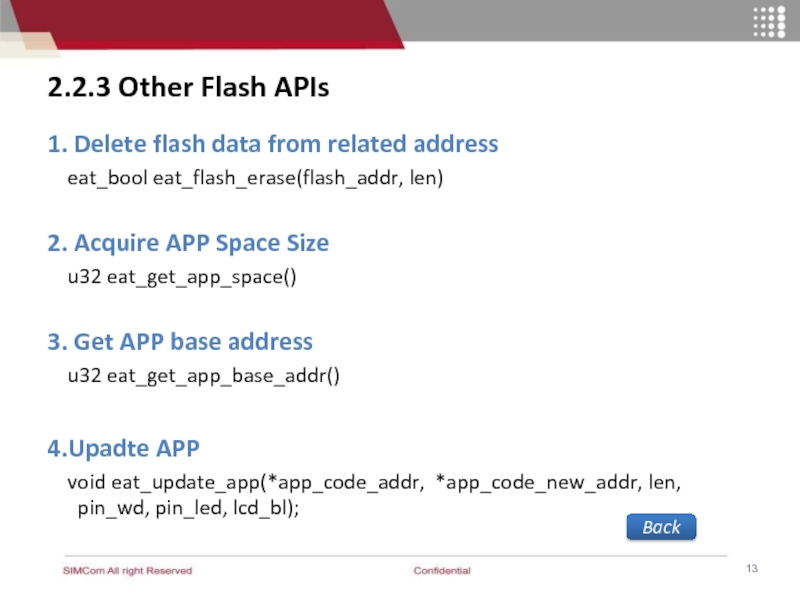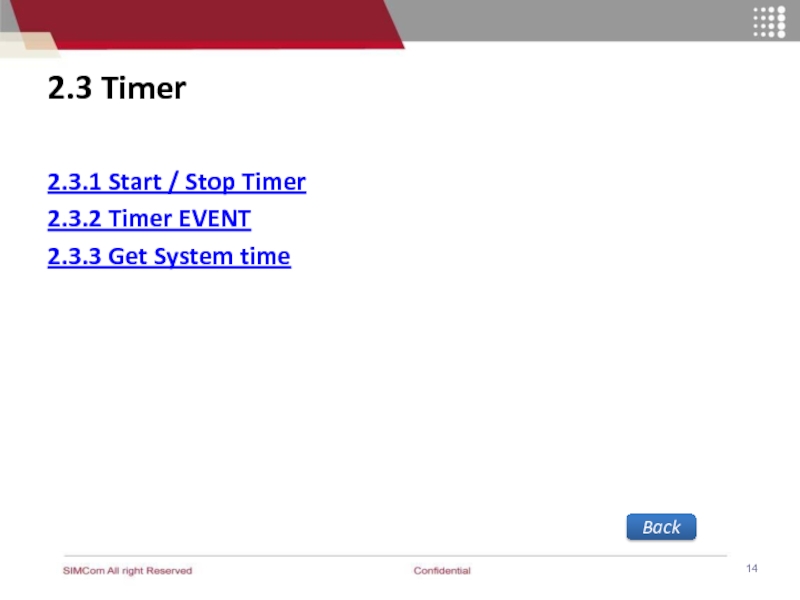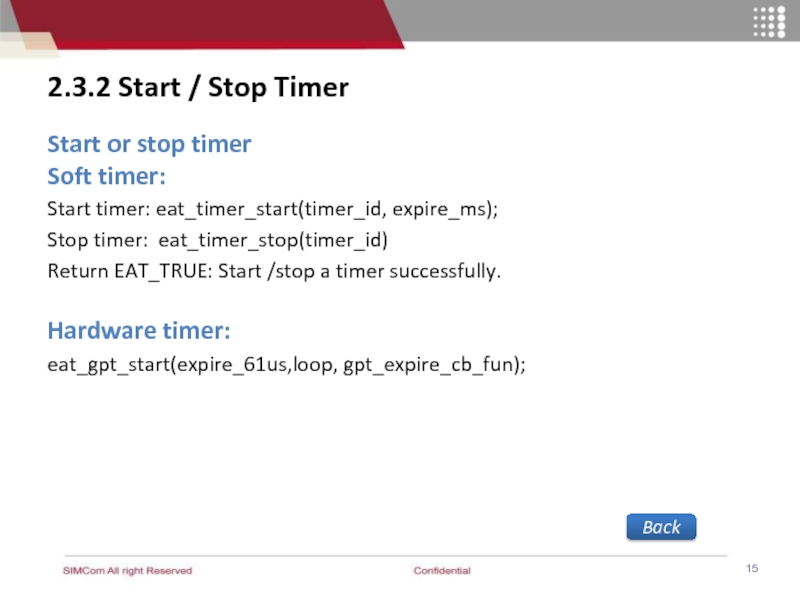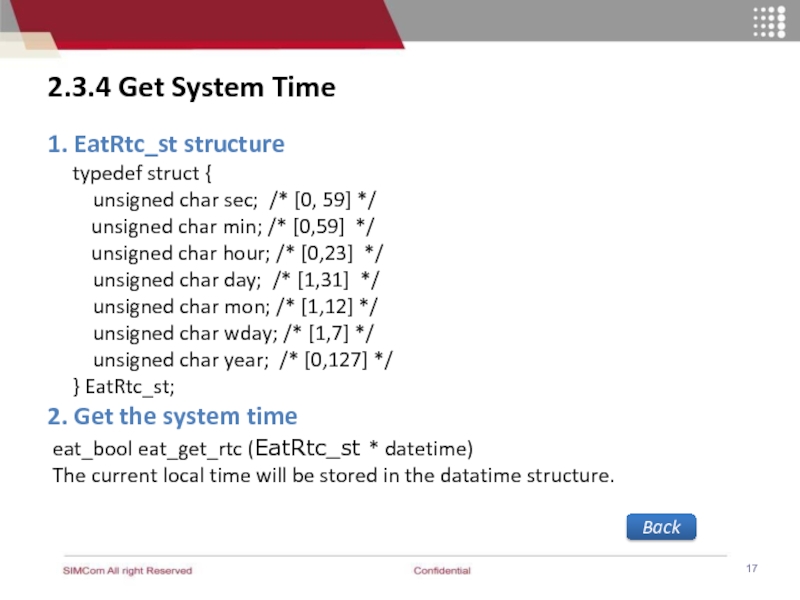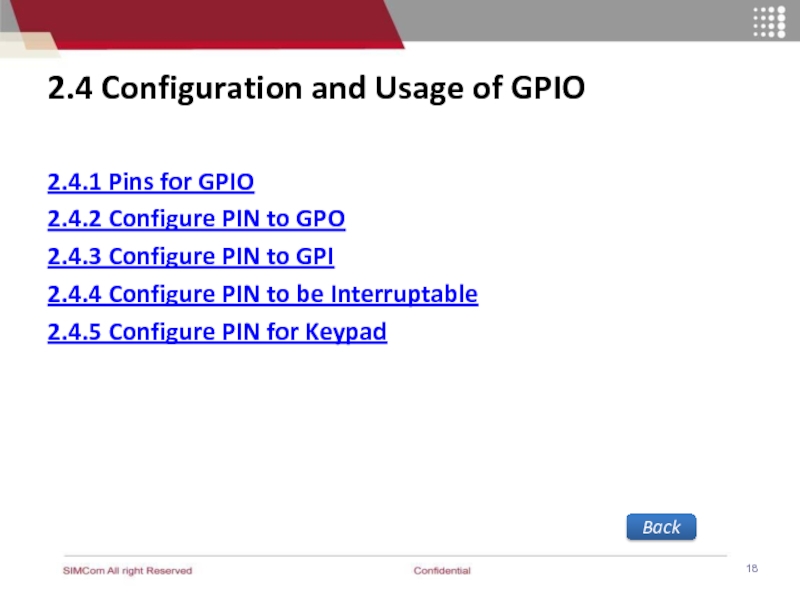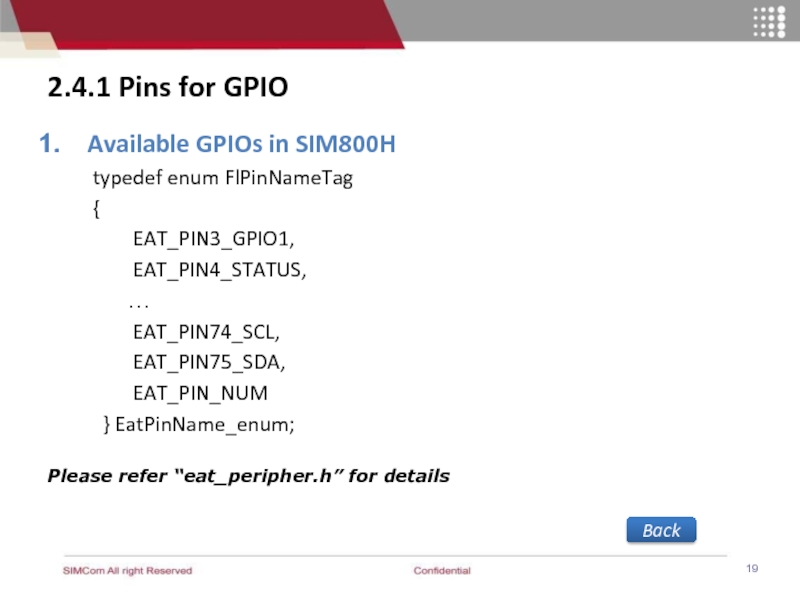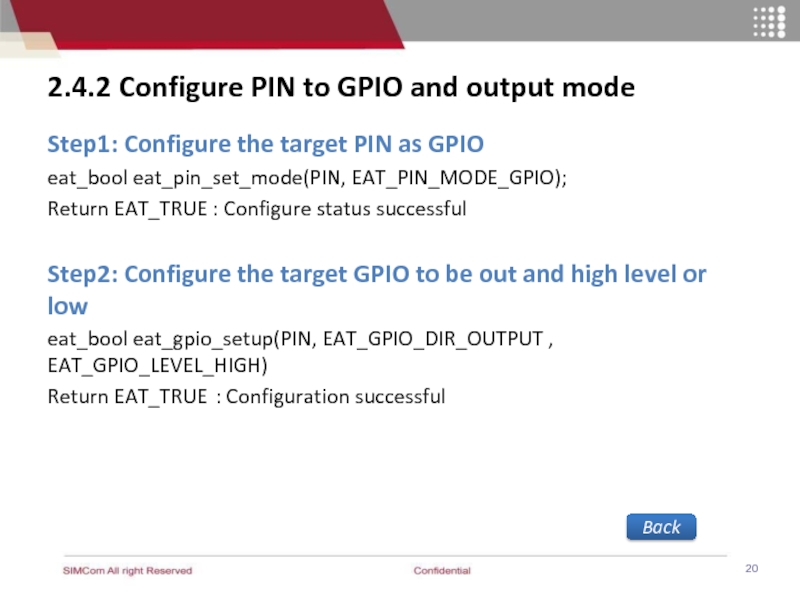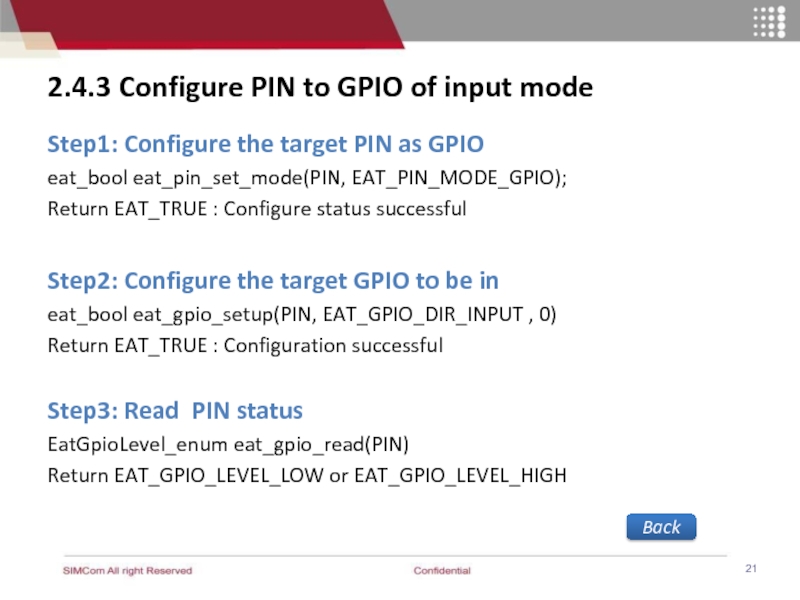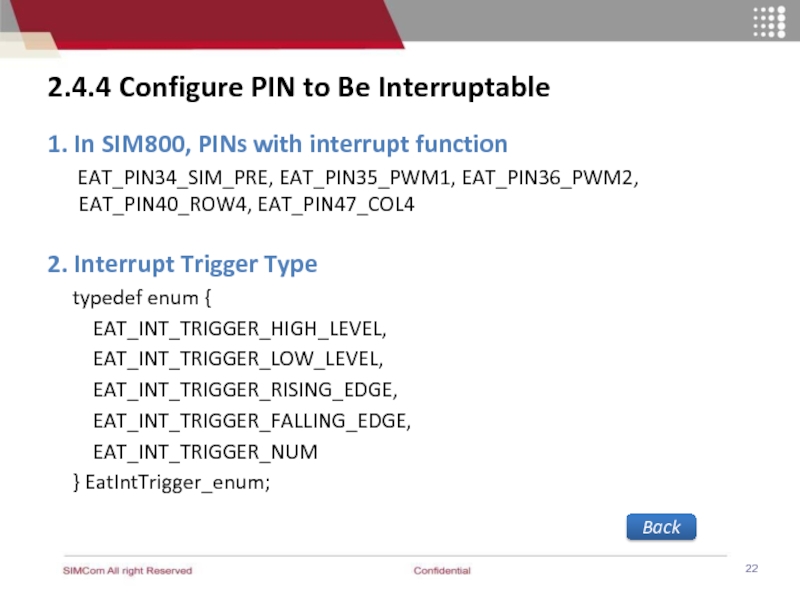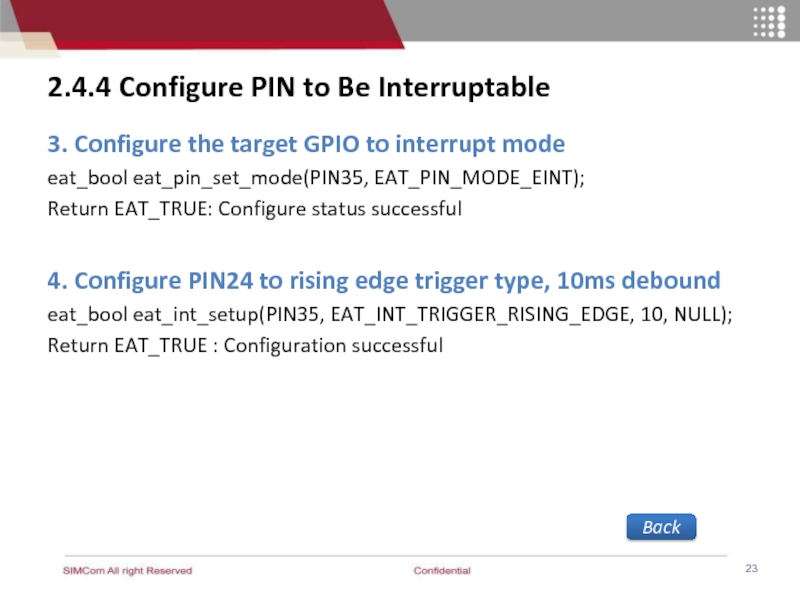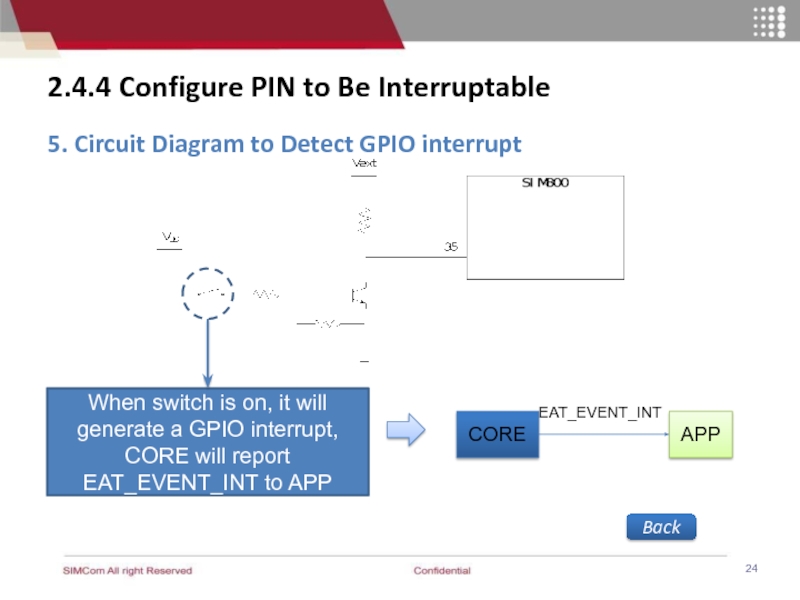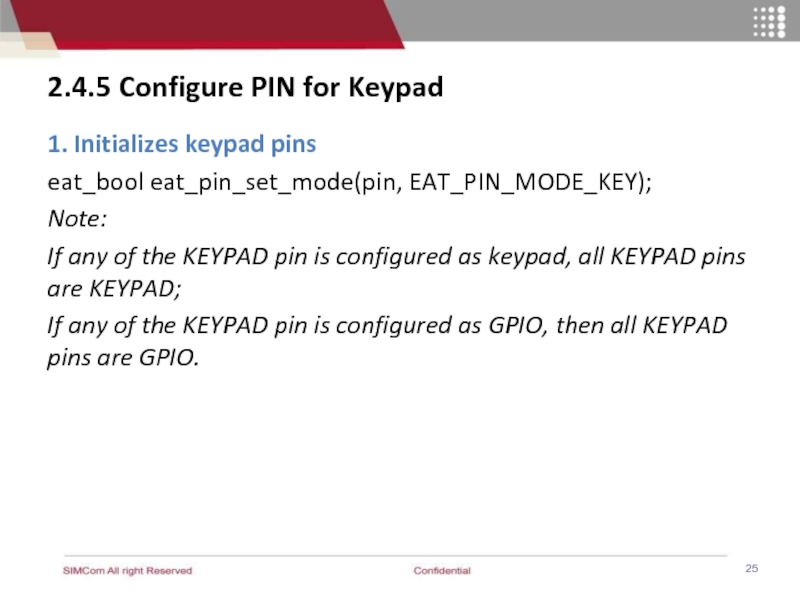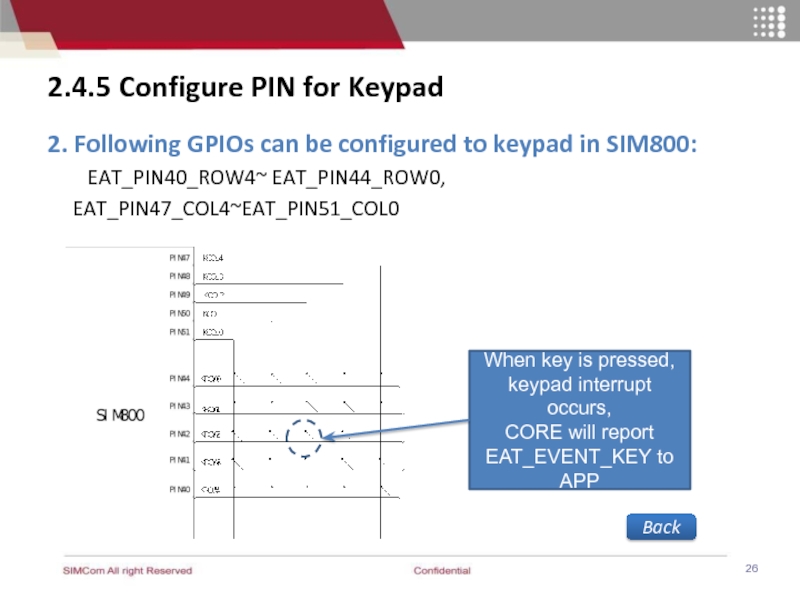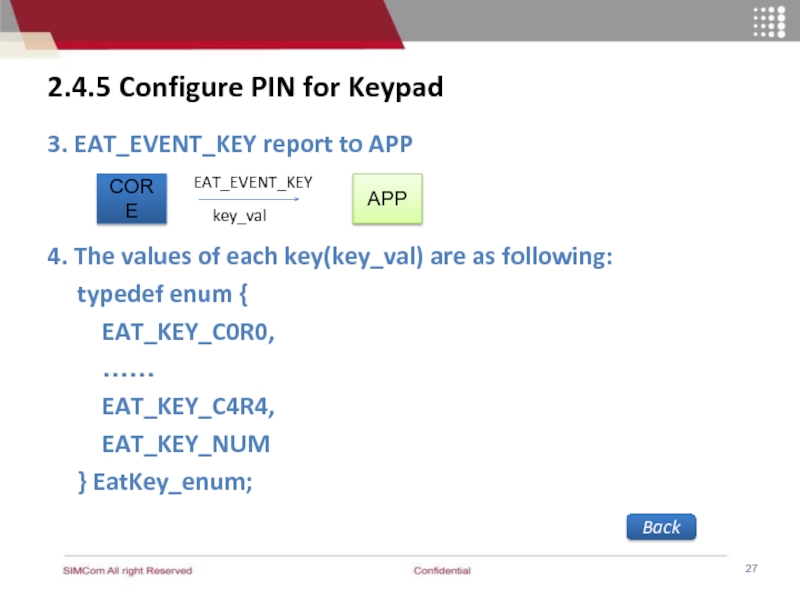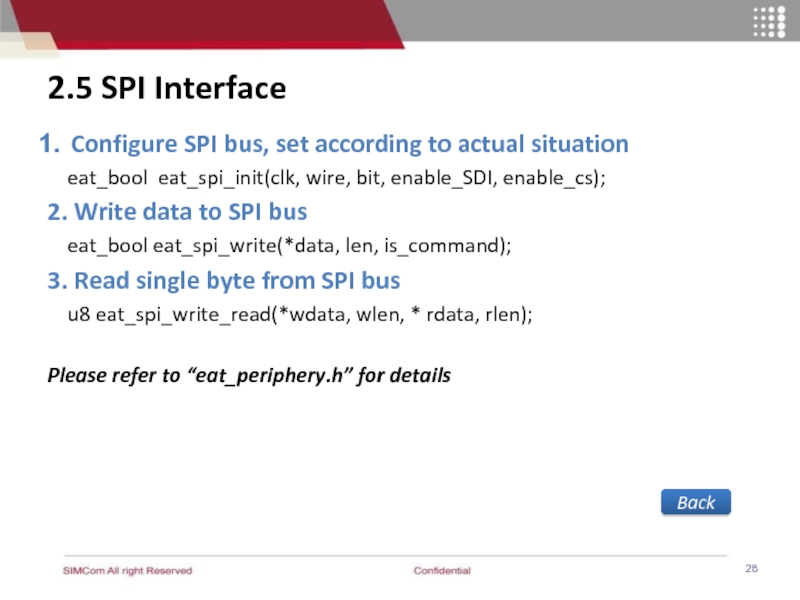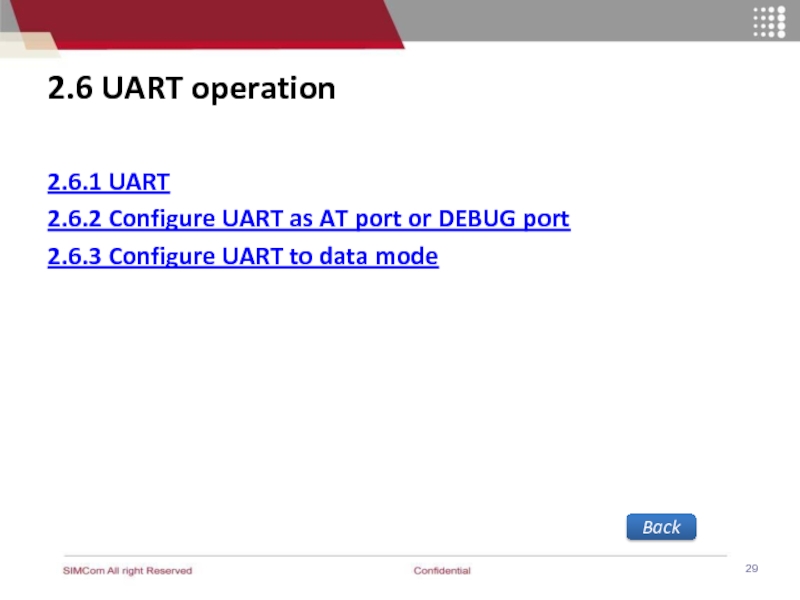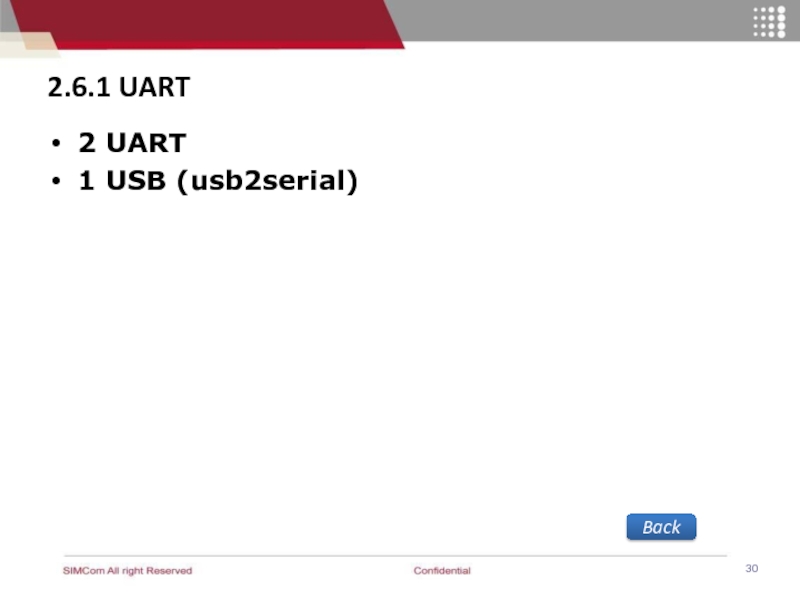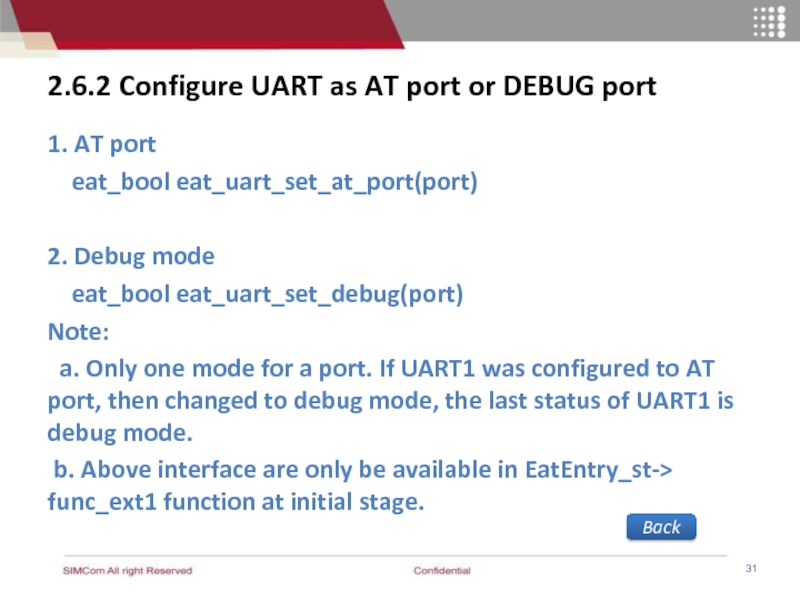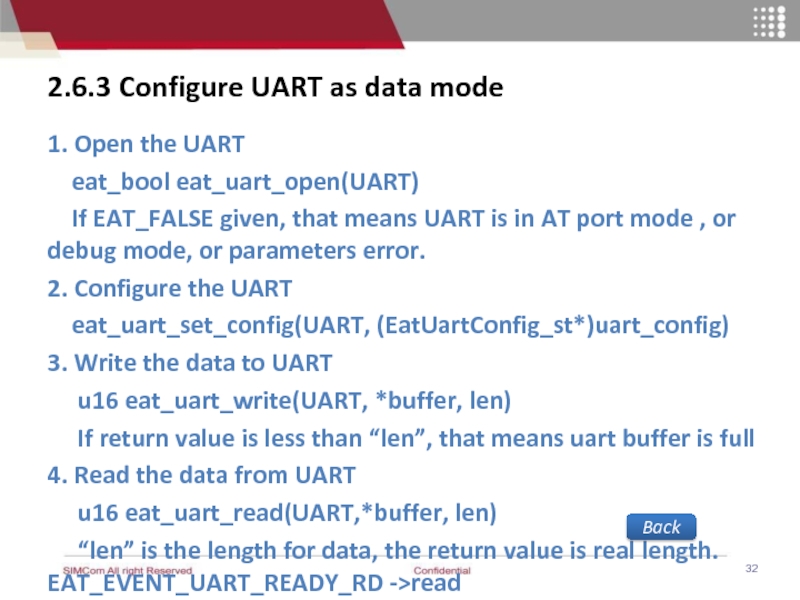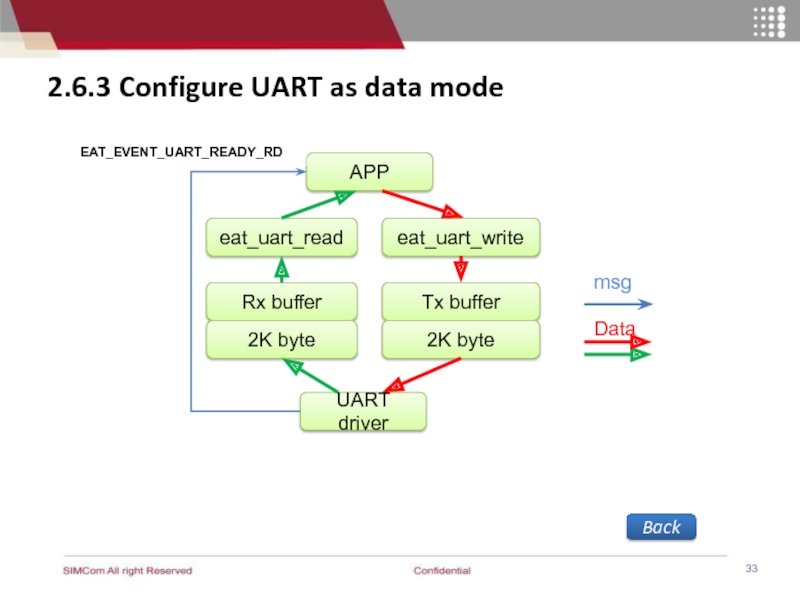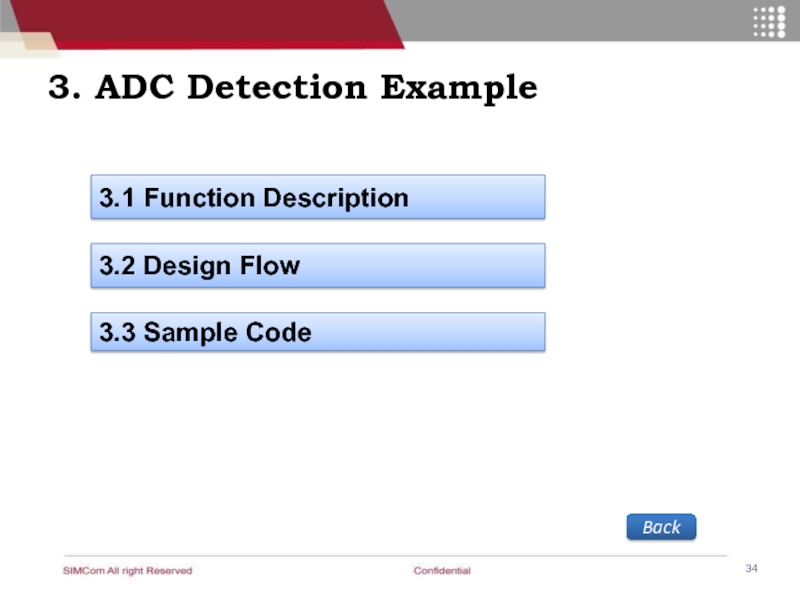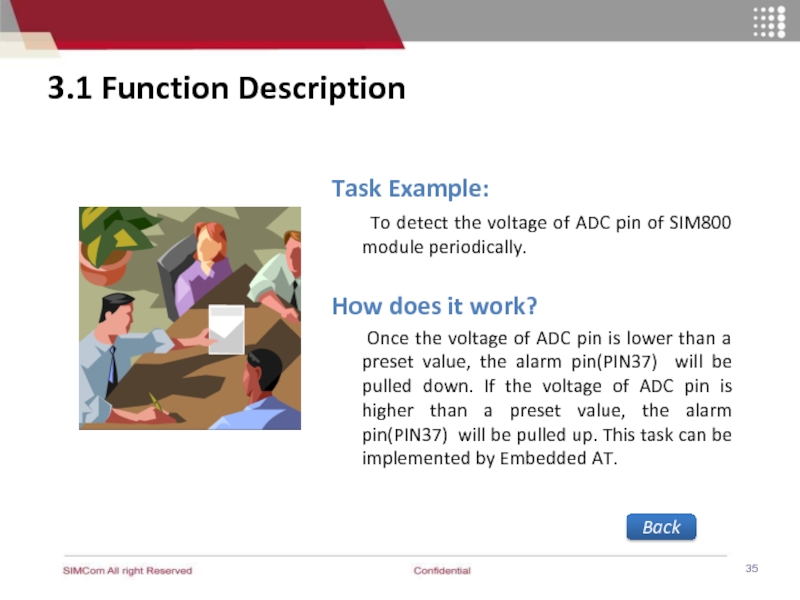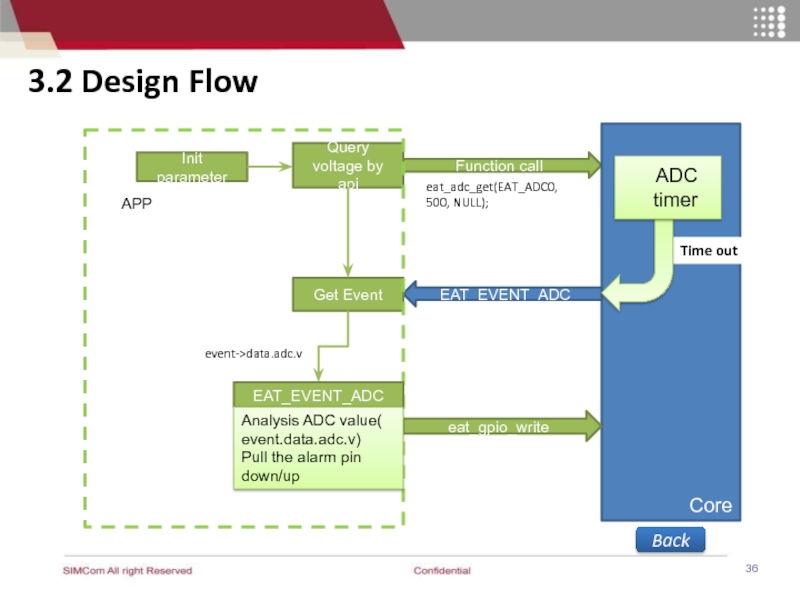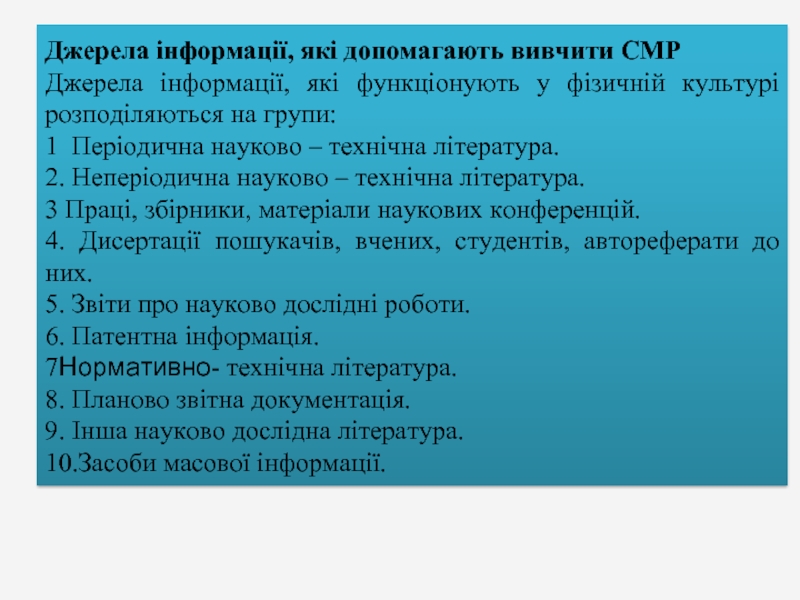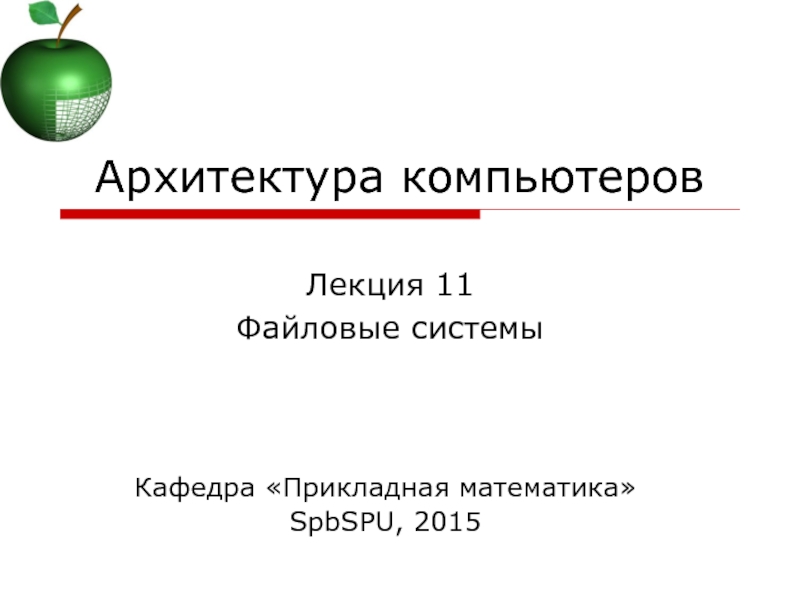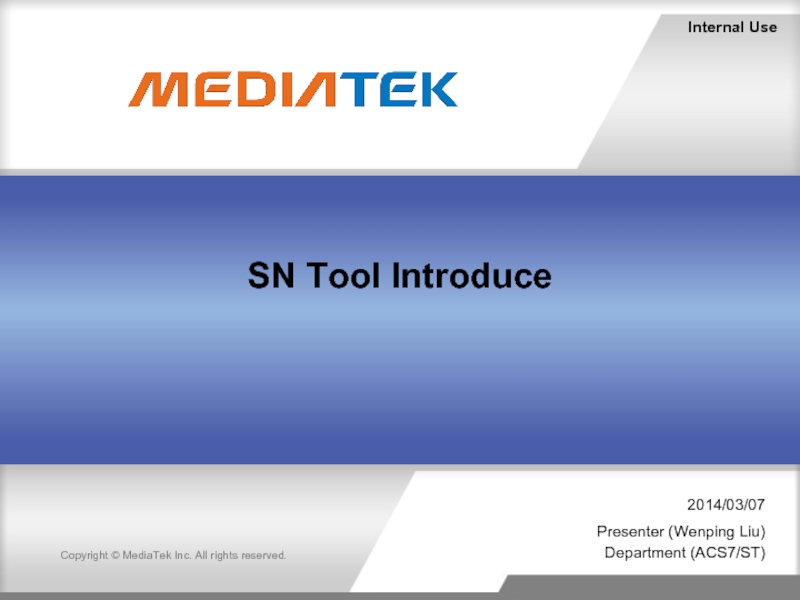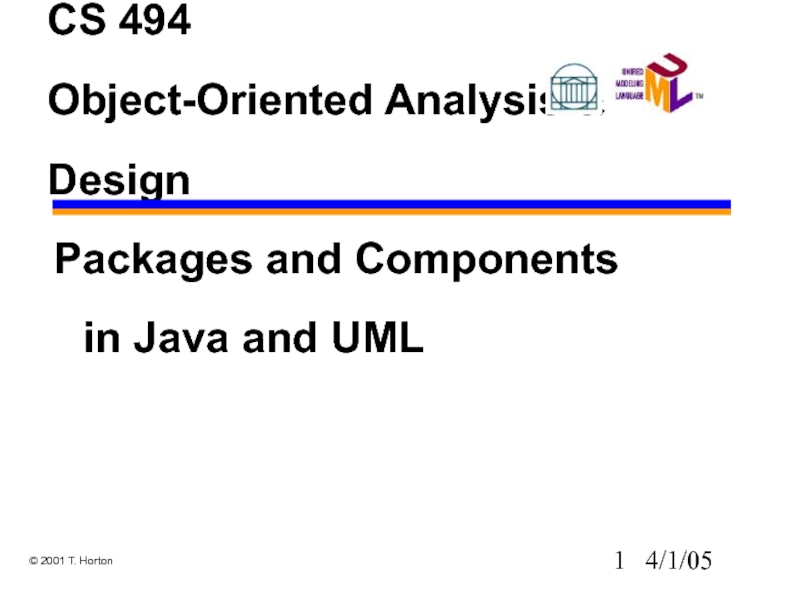- Главная
- Разное
- Дизайн
- Бизнес и предпринимательство
- Аналитика
- Образование
- Развлечения
- Красота и здоровье
- Финансы
- Государство
- Путешествия
- Спорт
- Недвижимость
- Армия
- Графика
- Культурология
- Еда и кулинария
- Лингвистика
- Английский язык
- Астрономия
- Алгебра
- Биология
- География
- Детские презентации
- Информатика
- История
- Литература
- Маркетинг
- Математика
- Медицина
- Менеджмент
- Музыка
- МХК
- Немецкий язык
- ОБЖ
- Обществознание
- Окружающий мир
- Педагогика
- Русский язык
- Технология
- Физика
- Философия
- Химия
- Шаблоны, картинки для презентаций
- Экология
- Экономика
- Юриспруденция
Easy access to embedded at SIM800(R) презентация
Содержание
- 1. Easy access to embedded at SIM800(R)
- 2. Content 1. Embedded AT Core Conception 2.
- 3. 1. Embedded AT Core Conception 1.1 Embedded
- 4. 1.1 Embedded AT Core Conception Purpose:
- 5. 1.2 Think from MCU Side What an
- 6. MCU Framework void main(void) {
- 7. 2. Embedded AT Functions 2.1 Send
- 8. 2.1 Send and Receive AT Command SIM800
- 9. Example: Send “AT+CNETLIGHT=0”when powering on and
- 10. 2.2 FLASH Operation 2.2.1 Read
- 11. 2.2.1 Read Data Step1: Define a global
- 12. 2.2.2 Write Data Step1: Define a global
- 13. 2.2.3 Other Flash APIs 1. Delete flash
- 14. 2.3 Timer 2.3.1 Start / Stop
- 15. 2.3.2 Start / Stop Timer Start or
- 16. APP 2.3.3 Timer EVENT When the
- 17. 2.3.4 Get System Time 1. EatRtc_st structure
- 18. 2.4 Configuration and Usage of GPIO
- 19. 2.4.1 Pins for GPIO Available GPIOs in
- 20. 2.4.2 Configure PIN to GPIO and output
- 21. 2.4.3 Configure PIN to GPIO of input
- 22. 2.4.4 Configure PIN to Be Interruptable 1.
- 23. 2.4.4 Configure PIN to Be Interruptable 3.
- 24. 2.4.4 Configure PIN to Be Interruptable 5.
- 25. 2.4.5 Configure PIN for Keypad 1. Initializes
- 26. 2.4.5 Configure PIN for Keypad 2. Following
- 27. 2.4.5 Configure PIN for Keypad 3. EAT_EVENT_KEY
- 28. 2.5 SPI Interface Configure SPI bus, set
- 29. 2.6 UART operation 2.6.1 UART
- 30. 2.6.1 UART Back 2 UART 1 USB (usb2serial)
- 31. 2.6.2 Configure UART as AT port or
- 32. 2.6.3 Configure UART as data mode 1.
- 33. 2.6.3 Configure UART as data mode
- 34. 3. ADC Detection Example 3.1 Function Description 3.2 Design Flow 3.3 Sample Code Back
- 35. 3.1 Function Description Task Example:
- 36. 3.2 Design Flow Init parameter Function call
- 37. Thanks!
Слайд 31. Embedded AT Core Conception
1.1 Embedded AT Core Conception
1.2 Think from
1.3 Programming Style
Back
Слайд 41.1 Embedded AT Core Conception
Purpose:
Embedded AT will fully
Programming Idea:
Think from MCU side
Similar MCU programming style
Back
Слайд 51.2 Think from MCU Side
What an external MCU do
Programming to implement
Read/write Flash
Timer
GPIO /Keypad/SPI /ADC configure and interrupt
Back
What EmbeddedAT do
1. UART APIs
3. Timer APIs
4. Periphery APIs
2. Flash APIs
Слайд 6MCU Framework
void main(void)
{
Init Hardware();
Init Variable();
Start
while(TRUE)
{
Progress ModemData();
Progress Timer();
….
}}
EMBEDDED-AT Framework
void app_main (void)
{ Init RAM and clib();
Init Hardware();
Init Variable();
eat_timer_start(EAT_TIMER_1, 1000);
while(TRUE)
{
eat_get_event(&event);
switch(event.event)
{
case EAT_EVENT_MDM_READY_RD : {…}
case EAT_EVENT_TIMER : {…}
…
}}}
1.3 Programming Style
Back
Слайд 72. Embedded AT Functions
2.1 Send and Receive AT Command
2.2 FLASH
2.3 Timer
2.4 GPIO Configuration and Usage
2.5 SPI Interface
Back
2.6 UART Operation
Слайд 82.1 Send and Receive AT Command
SIM800
MCU
Send via UART
SIM800
Core
APP
SIM800
MCU
SIM800
Core
APP
Send AT Command
Receive
Receive via UART
Acquire via Event
Send by API function
EAT_EVENT_MDM_READY_RD
eat_modem_write
Send AT Command
Receive AT Command return value
MCU
Embedded-AT
Back
Слайд 9Example:
Send “AT+CNETLIGHT=0”when powering on and get response.
void app_main(void)
{
Eat_modem_write(“AT+CNETLIGHT=0\r”,strlen(“AT+CNETLIGHT=0\r”));
while(TRUE)
{
eat_get_event(&event);
switch (event.event)
{ case EAT_EVENT_MDM_READY_RD:
{
Progress();
}
case …
}}}
For more details please refer to the rich examples we provided.
Receive AT command response
Send AT command to SIM800 core
Back
Слайд 112.2.1 Read Data
Step1: Define a global array
u8 Buffer[8*1024]
Step2: Read flash data
S32 eat_flash_read(Buffer,flash_addr,len)
Return readed data len: Read data from flash successfully, the data are saved in the buffer.
The flash address is between eat_get_app_base_addr() and eat_get_app_base_addr()+eat_get_app_space().
Back
Слайд 122.2.2 Write Data
Step1: Define a global array
u8 Buffer[8*1024]
Step2: Fill the data
memcpy(Buffer,string,len)
Step3: Call function, write data
eat_bool eat_flash_write(addr,Buffer, len)
Return EAT_TRUE: Write data to flash successfully.
Note:
It is necessary that erasing the flash block before writing data to flash.
Back
Слайд 132.2.3 Other Flash APIs
1. Delete flash data from related address
2. Acquire APP Space Size
u32 eat_get_app_space()
3. Get APP base address
u32 eat_get_app_base_addr()
4.Upadte APP
void eat_update_app(*app_code_addr, *app_code_new_addr, len, pin_wd, pin_led, lcd_bl);
Back
Слайд 152.3.2 Start / Stop Timer
Start or stop timer
Soft timer:
Start timer:
Stop timer: eat_timer_stop(timer_id)
Return EAT_TRUE: Start /stop a timer successfully.
Hardware timer:
eat_gpt_start(expire_61us,loop, gpt_expire_cb_fun);
Back
Слайд 16APP
2.3.3 Timer EVENT
When the timer expires, the soft timer will send
CORE
EAT_EVENT_TIMER
APP
Back
CORE
function
Soft timer:
Hw timer:
Function call
Слайд 172.3.4 Get System Time
1. EatRtc_st structure
typedef struct {
unsigned char min; /* [0,59] */
unsigned char hour; /* [0,23] */
unsigned char day; /* [1,31] */
unsigned char mon; /* [1,12] */
unsigned char wday; /* [1,7] */
unsigned char year; /* [0,127] */
} EatRtc_st;
2. Get the system time
eat_bool eat_get_rtc (EatRtc_st * datetime)
The current local time will be stored in the datatime structure.
Back
Слайд 182.4 Configuration and Usage of GPIO
2.4.1 Pins for GPIO
2.4.2 Configure PIN
2.4.3 Configure PIN to GPI
2.4.4 Configure PIN to be Interruptable
2.4.5 Configure PIN for Keypad
Back
Слайд 192.4.1 Pins for GPIO
Available GPIOs in SIM800H
{
EAT_PIN3_GPIO1,
EAT_PIN4_STATUS,
…
EAT_PIN74_SCL,
EAT_PIN75_SDA,
EAT_PIN_NUM
} EatPinName_enum;
Please refer “eat_peripher.h” for details
Back
Слайд 202.4.2 Configure PIN to GPIO and output mode
Step1: Configure the
eat_bool eat_pin_set_mode(PIN, EAT_PIN_MODE_GPIO);
Return EAT_TRUE : Configure status successful
Step2: Configure the target GPIO to be out and high level or low
eat_bool eat_gpio_setup(PIN, EAT_GPIO_DIR_OUTPUT , EAT_GPIO_LEVEL_HIGH)
Return EAT_TRUE : Configuration successful
Back
Слайд 212.4.3 Configure PIN to GPIO of input mode
Step1: Configure the
eat_bool eat_pin_set_mode(PIN, EAT_PIN_MODE_GPIO);
Return EAT_TRUE : Configure status successful
Step2: Configure the target GPIO to be in
eat_bool eat_gpio_setup(PIN, EAT_GPIO_DIR_INPUT , 0)
Return EAT_TRUE : Configuration successful
Step3: Read PIN status
EatGpioLevel_enum eat_gpio_read(PIN)
Return EAT_GPIO_LEVEL_LOW or EAT_GPIO_LEVEL_HIGH
Back
Слайд 222.4.4 Configure PIN to Be Interruptable
1. In SIM800, PINs with interrupt
EAT_PIN34_SIM_PRE, EAT_PIN35_PWM1, EAT_PIN36_PWM2, EAT_PIN40_ROW4, EAT_PIN47_COL4
2. Interrupt Trigger Type
typedef enum {
EAT_INT_TRIGGER_HIGH_LEVEL,
EAT_INT_TRIGGER_LOW_LEVEL,
EAT_INT_TRIGGER_RISING_EDGE,
EAT_INT_TRIGGER_FALLING_EDGE,
EAT_INT_TRIGGER_NUM
} EatIntTrigger_enum;
Back
Слайд 232.4.4 Configure PIN to Be Interruptable
3. Configure the target GPIO to
eat_bool eat_pin_set_mode(PIN35, EAT_PIN_MODE_EINT);
Return EAT_TRUE: Configure status successful
4. Configure PIN24 to rising edge trigger type, 10ms debound
eat_bool eat_int_setup(PIN35, EAT_INT_TRIGGER_RISING_EDGE, 10, NULL);
Return EAT_TRUE : Configuration successful
Back
Слайд 242.4.4 Configure PIN to Be Interruptable
5. Circuit Diagram to Detect GPIO
When switch is on, it will generate a GPIO interrupt,
CORE will report EAT_EVENT_INT to APP
CORE
EAT_EVENT_INT
APP
Back
Слайд 252.4.5 Configure PIN for Keypad
1. Initializes keypad pins
eat_bool eat_pin_set_mode(pin, EAT_PIN_MODE_KEY);
Note:
If
If any of the KEYPAD pin is configured as GPIO, then all KEYPAD pins are GPIO.
Слайд 262.4.5 Configure PIN for Keypad
2. Following GPIOs can be configured to
EAT_PIN40_ROW4~ EAT_PIN44_ROW0,
EAT_PIN47_COL4~EAT_PIN51_COL0
Back
When key is pressed, keypad interrupt occurs,
CORE will report EAT_EVENT_KEY to APP
Слайд 272.4.5 Configure PIN for Keypad
3. EAT_EVENT_KEY report to APP
4. The values
typedef enum {
EAT_KEY_C0R0,
……
EAT_KEY_C4R4,
EAT_KEY_NUM
} EatKey_enum;
Back
CORE
EAT_EVENT_KEY
APP
key_val
Слайд 282.5 SPI Interface
Configure SPI bus, set according to actual situation
2. Write data to SPI bus
eat_bool eat_spi_write(*data, len, is_command);
3. Read single byte from SPI bus
u8 eat_spi_write_read(*wdata, wlen, * rdata, rlen);
Please refer to “eat_periphery.h” for details
Back
Слайд 292.6 UART operation
2.6.1 UART
2.6.2 Configure UART as AT port or
2.6.3 Configure UART to data mode
Back
Слайд 312.6.2 Configure UART as AT port or DEBUG port
1. AT port
2. Debug mode
eat_bool eat_uart_set_debug(port)
Note:
a. Only one mode for a port. If UART1 was configured to AT port, then changed to debug mode, the last status of UART1 is debug mode.
b. Above interface are only be available in EatEntry_st-> func_ext1 function at initial stage.
Back
Слайд 322.6.3 Configure UART as data mode
1. Open the UART
eat_bool
If EAT_FALSE given, that means UART is in AT port mode , or debug mode, or parameters error.
2. Configure the UART
eat_uart_set_config(UART, (EatUartConfig_st*)uart_config)
3. Write the data to UART
u16 eat_uart_write(UART, *buffer, len)
If return value is less than “len”, that means uart buffer is full
4. Read the data from UART
u16 eat_uart_read(UART,*buffer, len)
“len” is the length for data, the return value is real length. EAT_EVENT_UART_READY_RD ->read
Back
Слайд 332.6.3 Configure UART as data mode
Back
APP
eat_uart_read
UART driver
Tx buffer
Rx buffer
eat_uart_write
2K byte
2K byte
msg
Data
EAT_EVENT_UART_READY_RD
Слайд 353.1 Function Description
Task Example:
To detect the voltage of
How does it work?
Once the voltage of ADC pin is lower than a preset value, the alarm pin(PIN37) will be pulled down. If the voltage of ADC pin is higher than a preset value, the alarm pin(PIN37) will be pulled up. This task can be implemented by Embedded AT.
Back
Слайд 363.2 Design Flow
Init parameter
Function call
Core
EAT_EVENT_ADC
Query voltage by api
Get Event
APP
eat_gpio_write
EAT_EVENT_ADC
Analysis ADC value(
Pull the alarm pin down/up
event->data.adc.v
Time out
eat_adc_get(EAT_ADC0, 500, NULL);
Back
ADC timer
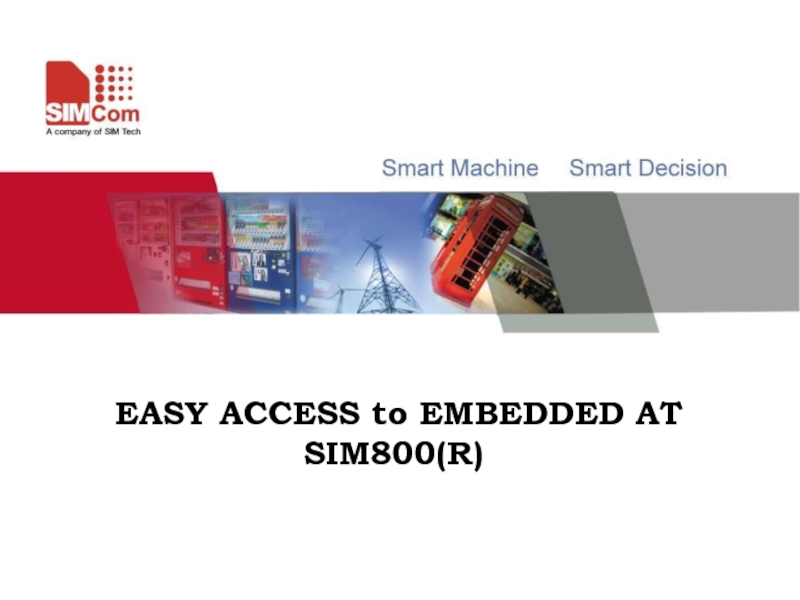
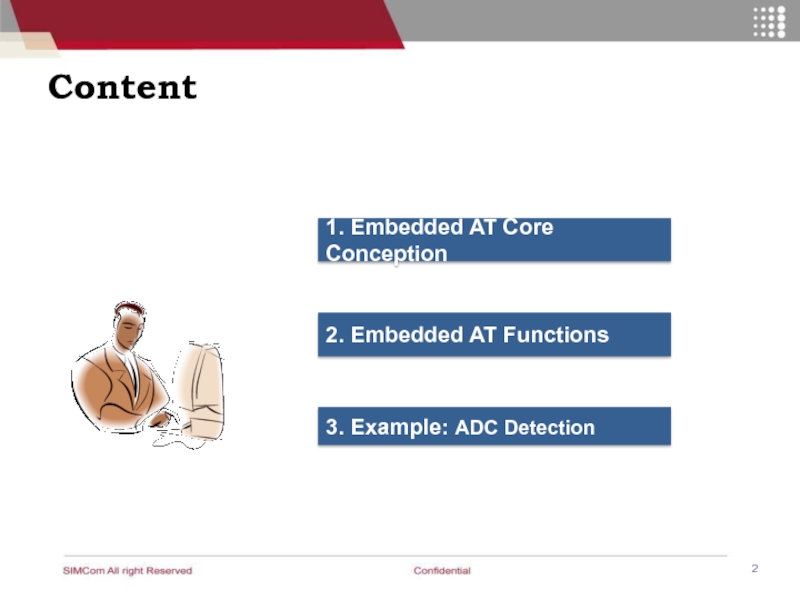
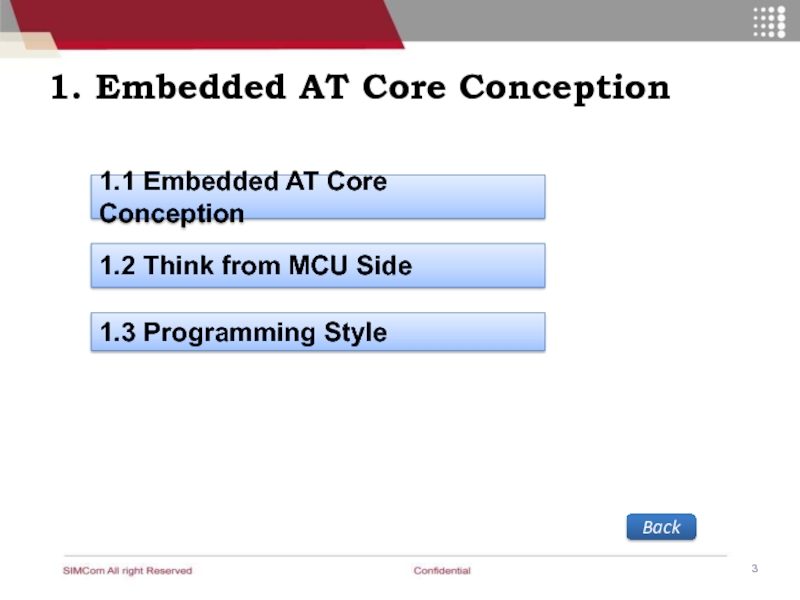
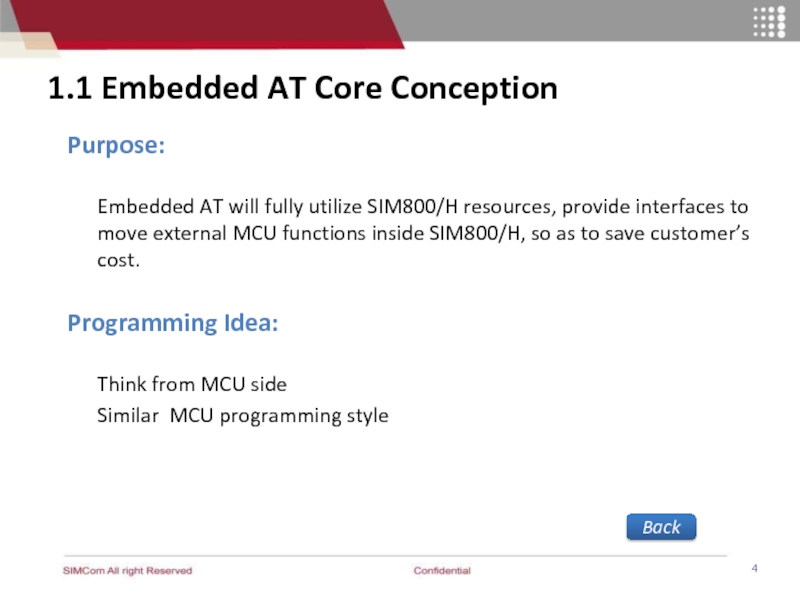
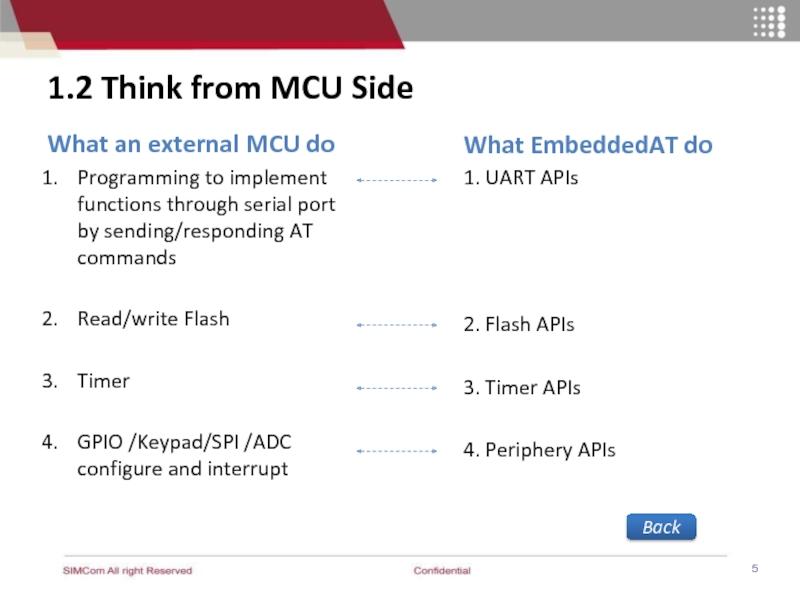
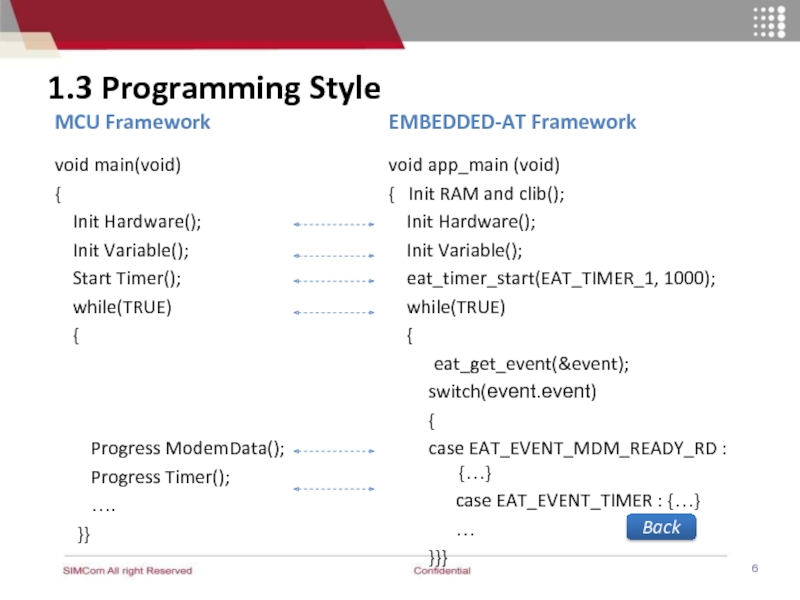
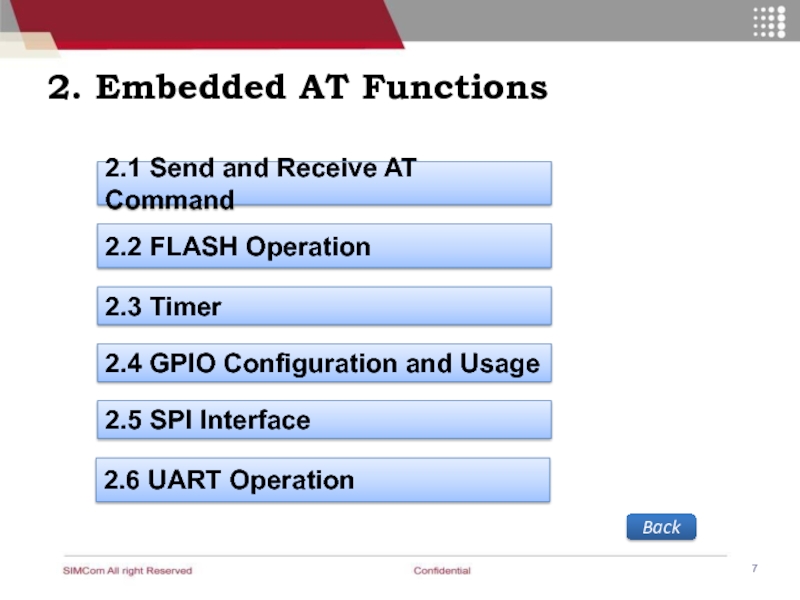
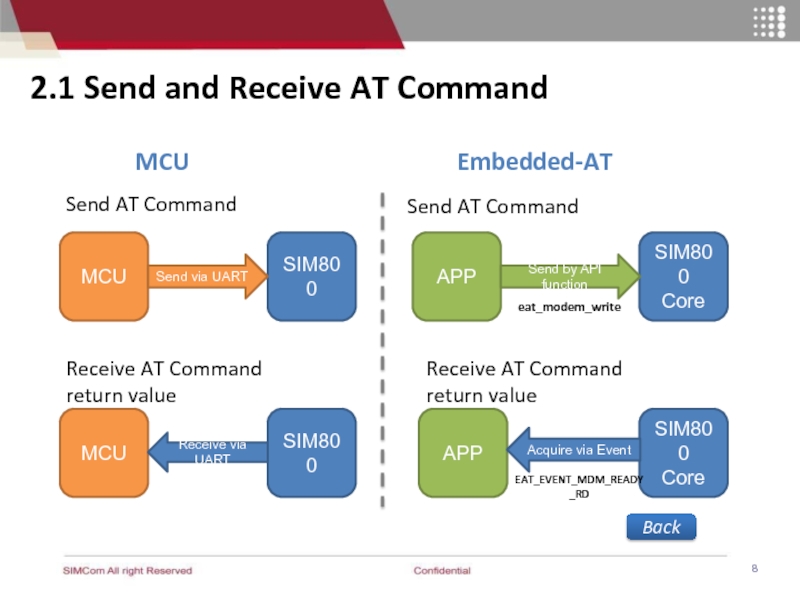
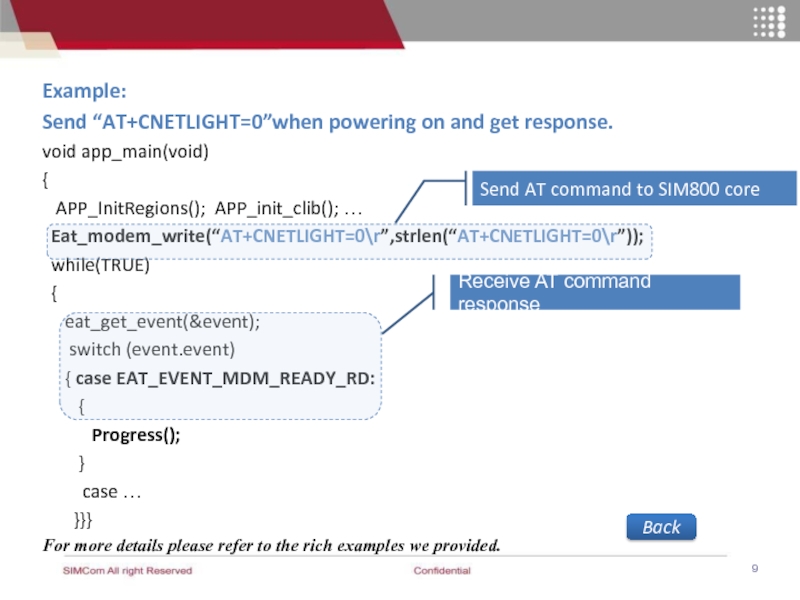
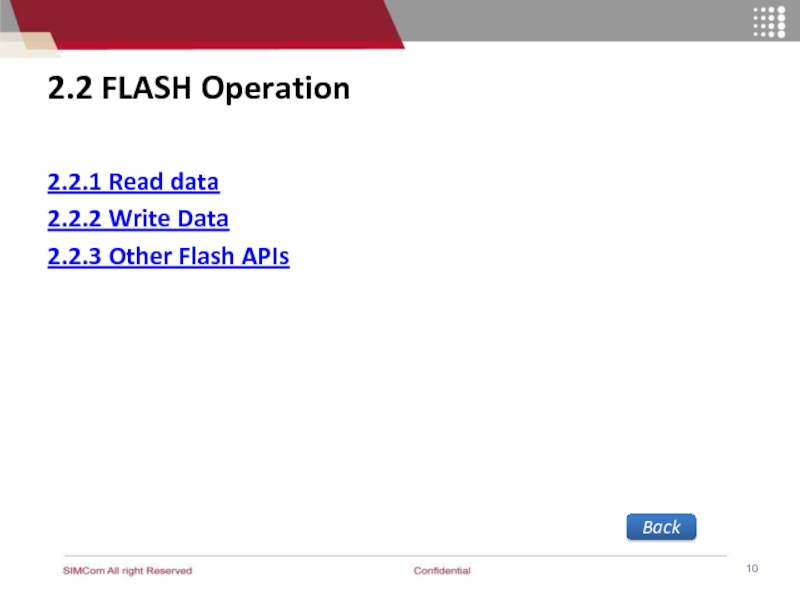
![2.2.1 Read DataStep1: Define a global arrayu8 Buffer[8*1024]Step2: Read flash data from flash addressS32 eat_flash_read(Buffer,flash_addr,len)Return](/img/tmb/4/378312/0632365dc11bf884c066961f90e03fd1-800x.jpg)
![2.2.2 Write DataStep1: Define a global arrayu8 Buffer[8*1024]Step2: Fill the data to be saved into](/img/tmb/4/378312/f3a33cf5b6ace34c3836584a7f92e90f-800x.jpg)
